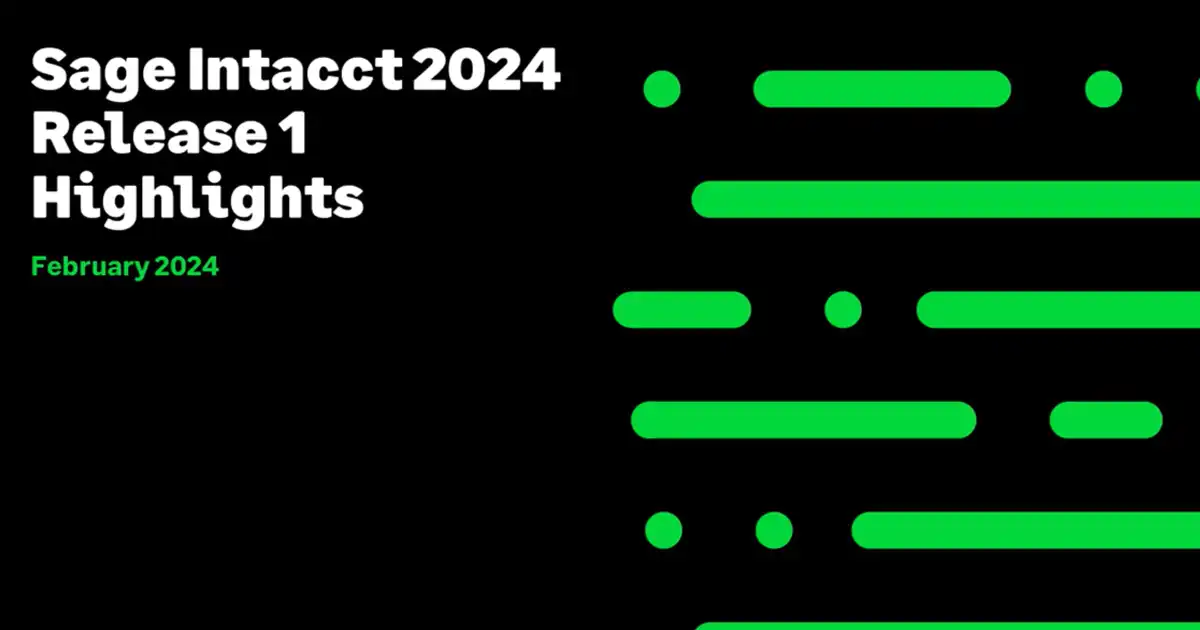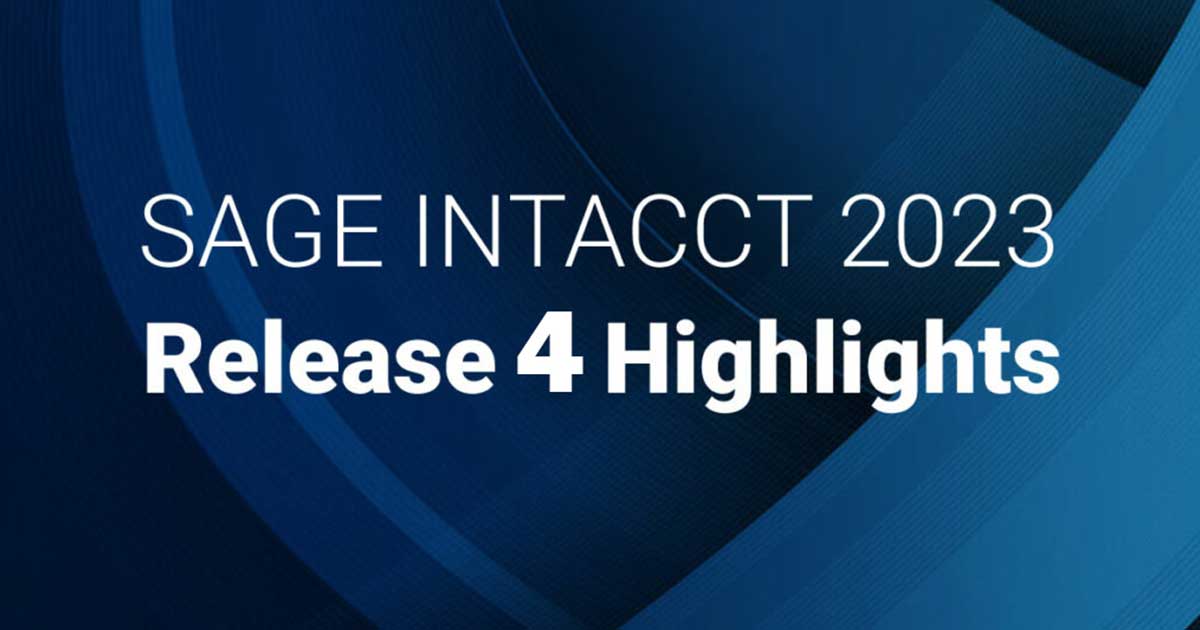Service Performance Insight conducted a survey of 622 professional services organizations ranging from IT Consulting, Management Consulting, Marketing, Accounting, Legal and other types of service-based businesses, that has helped shed new light on performance expectations in a number of key areas. These Key Performance Indicators (KPIs), can help firms benchmark their financial data, and identify where they need to focus as they strive for continuous improvement and growth.
In today’s economy, cash flow rules. Every organization must focus on cash flow to maintain a solid financial position and maximize profitability and liquidity. While cash flow encompasses money coming in and money going out, this article is going to focus on the money coming in.
#1 Cash Flow Metric – Reissuing Invoices
Reissuing Invoices due to invoicing errors can have massive consequences on your cash flow. Calculating your reissue rate is as simple as taking the number of reissued invoices divided by the total number of invoices sent. Data shows that 25% of all companies surveyed, needed to reissue over 3% of all of their invoices annually. For those companies, the impact of such a high reissue rate resulted in nearly 5% more project cost overruns and a 7% reduction in their ability to deliver projects on schedule*.
Common causes of reissuing invoices can include time coding errors, and fees that were not in the agreed upon contract. Often times, timesheets are difficult to use, disconnected from the accounting software, or completed long after the work was done. Employees can commonly forget time, put time in the wrong place, or add the wrong labor code. If the project manager doesn’t catch it, your customer will. Another challenge comes when the customer disputes the charges due to poor communication, confusing invoice, or a flawed schedule of work.
You can work to improve this KPI by ensuring that your team enters time daily, and they are only able to enter time to active tasks or tasks where they have been assigned. Use a billing system that recognizes your contract amounts, and provides detailed project, task and resource status information that can help simplify the time entry process for your team. If you have a system that is built for all types of project-based companies, you should be able to enforce daily time entry using alerts and visibility for your supervisors.
Case study: Berkshire Associates struggled with a complex billing system while trying to bill for fixed fee, time, and subscription customers. By switching to Sage Intacct, they were able to take advantage of a project-based accounting system and cut their invoice cycle in half.
In the five years since we graduated to Sage Intacct, our revenue increased significantly, and there’s no way we could’ve kept up with that growth if we were still using QuickBooks. I used to work up to 80 hours a week, but now I work 40-hour weeks with the same-sized team, thanks to the amazing automation and productivity boost we gained with Sage Intacct.
Lisa Roeder, Business Manager, Berkshire Associates
#2 Cash Flow Metric- Billing Cycle
There’s much more that impacts cash flow than just reissuing invoices. Your overall billing cycle starting with the moment your cost is incurred and ending with your cash receipt, can also have significant impact on the financial health of your business. If you bill monthly, as most service companies do, you can imagine incurring an expense or labor cost on the 1st of the month, billing for it on the 30th and collecting for it another 30 to 45 days later. That doesn’t include any challenges you have to getting your bills out the door. Many companies take 5 to 10 additional days just to prep the invoices to send to their customers.
The cost accumulation throughout the month is commonly referred to as Work in Progress (WIP). WIP is an asset since it’s billable, and if you track it you generally clear it out every time you bill for it. If your cost accumulation is fairly uniform throughout the month then you can estimate your WIP aging to be 15 days, add that to your average days to get the bills out the door after the end of the billing cycle, then add that to your average AR days aging.
Common causes of lengthy billing cycles can be late time entry, adjustments, long project manager review processes and complex invoices that are manually created. Depending on the complexity of your billing process, it can take anywhere from 5 to 10 days to get your bills out the door. Disconnected or generic accounting systems are very difficult on the billing process for service organizations because they often lack billing functionality that is capable of the heavy lifting required. It can be impossible to grow your business, and this is often the primary bottle neck administrative teams face as they scale.
If you are using a disconnected or generic accounting system, there is very little you can do to fix the billing cycle. You need to work with an accounting system that is built to handle complex project accounting and billing requirements. Once you have a system with the features you need, you can reduce things like the lengthy approval process by providing real-time project financial data to your Project Managers so they already know what will be on the invoice and have taken action on time entry errors. You can also create a purely digital invoice review process with alerts to keep you managers on task and create an audit trail of any invoice change requests. Your ability to create even the most complex invoices should be solved with the right financial system, allowing you to invoice faster, and grow your business.
Reducing your billing cycle provides very tangible benefits. If a company has $25 million in annual revenue with an average billing cycle (not including WIP aging) of 45 days and they reduce by 10% to 40 days, that can create up to $340,000 in additional cash on hand. That improves your value, ability to secure any loans, and overall increases your financial flexibility.
Case Study: Traction on Demand was entering a phase of significant growth, expanding from 150 to 500 employees. They needed a more connected system to automate project billing to keep pace with the heavy workload. With Sage-Intacct, they were able to connect their systems and reduce administrative burden on the monthly billing process.
Because of our integrated solution, we’re able to forecast our cash with a fair bit of precision, and that’s pretty phenomenal because cash is one of the hardest things to forecast.
Corinne Hua, CFO
#3 Cash Flow Metric- Collections
After you’ve invoiced your customer it becomes a waiting game for payment. Most companies will have scheduled email reminders or phone calls to ensure payment within 15, 30, and 45 days. There is also language regarding payment in the customer contract that specifies terms and timelines. With all that in place, it can still be difficult to collect. Many companies don’t track their AR aging (also known as Days Sales Outstand – DSO). DSO is a simple calculation of your total revenue for the year divided by 365 to get your daily revenue, then divide that by your AR balance at the end of the year and you get the average number of days from billing to payment.
While the survey noted an average of 45 days for DSO*, that number can vary wildly depending on the specific type of work you do. Let’s focus on what impacts that number and what you can do to improve it. The longer the collections process takes, the more likely there will be bad debt, write offs and strains on your financial health.
Common causes of delayed collections are billing disputes, clarifications, and customers that just like to wait until the last minute to pay. It seems like there is little you can do to improve this process but that’s not the case. You can find ways to improve the collections process. Many firms will offer incentives to their customers for paying early, such as 2% off (commonly referred to as 2/10 Net 30).
Incentives are nice, but they can defeat the purpose of adding to your cash flow. Ensure your contract has timelines that make sense for you. Try switching from 30 days to 14 or even 10. If you’re dealing with a large company, try to understand their standard payment process and invoice them just before they cut their AP checks.
Case Study: Creative Dinning was struggling with visibility into the fundamentals of their business, and was stuck with grueling manual data management. Switching to Sage Intacct allowed them to become strategic in their operations, and provide AR specific dashboards to their business units to reduce their collections time.
We’re seeing massive savings due to the automation we’ve accomplished with Sage Intacct. And rather than crunching numbers all day, we are seen as strategic business advisors to our client location units.
Jeff Banaszak, CFO
Other Metrics to Monitor Closely
Besides cash flow, service-based organization also track the utilization of their team, write-off (revenue leakage), and project profit, all have massive impact on the bottom line. Download the White Paper to learn these actionable KPIs, identify the factors that commonly affect these numbers and what you can do to improve them. Hear from financial leaders that have faced these challenges and found ways to succeed.
* Service Performance Insight – Professional Services Maturity Benchmark Report.


